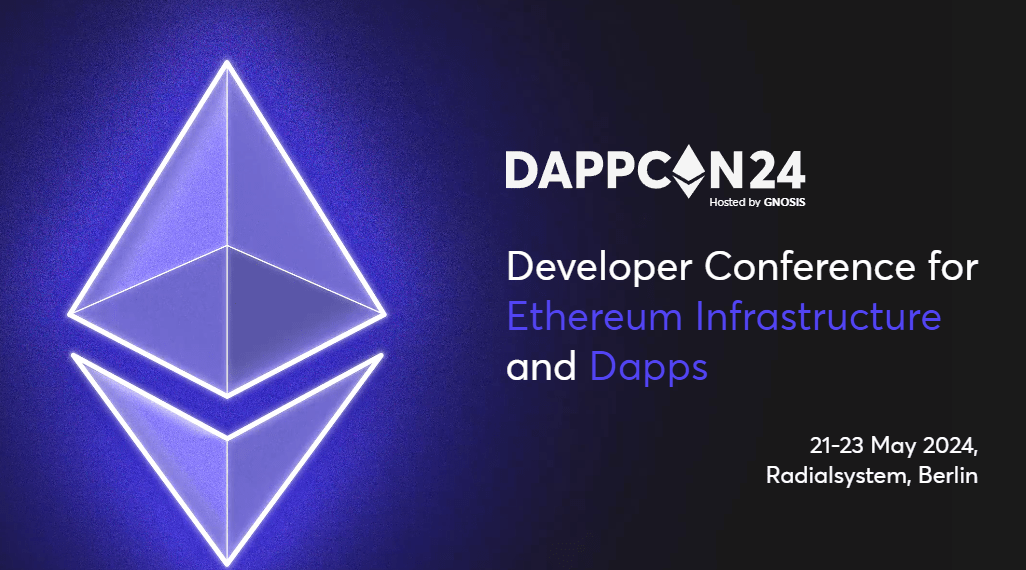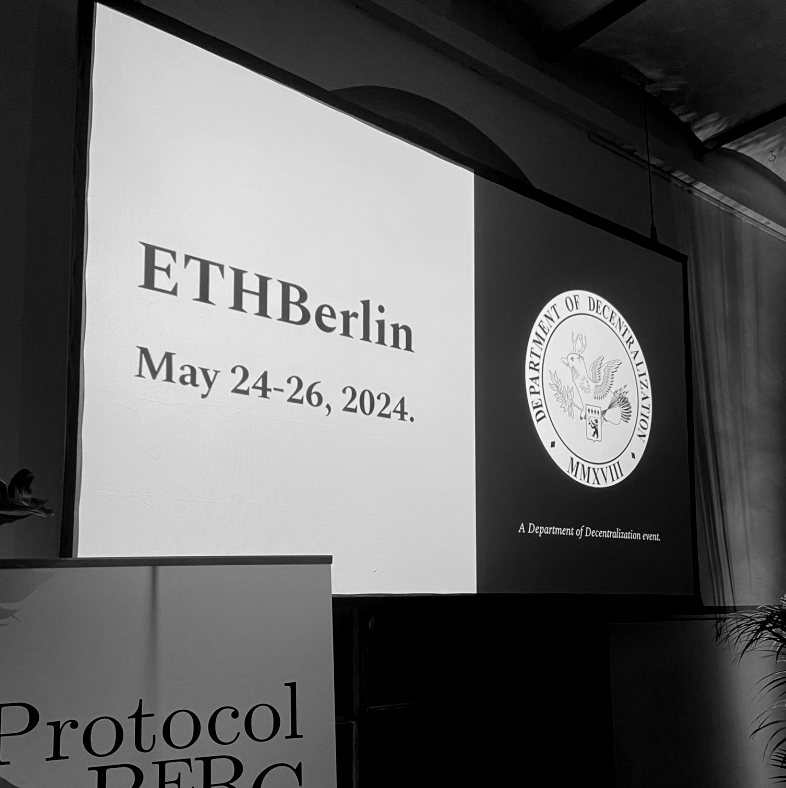Evolution of the Web
The Internet is widely divided into phases:
- Web 1.0
- Web 2.0
- Web 3.0
Web 1.0- The Read-only Web (1990-2004)

Web 1.0 is the first version or beginning of the World Wide Web as it emerged from the mid-1990s to 2004. It was mostly one-dimensional, which means that the users could only read the data. Most websites had static web pages that provided information. Users could not add anything nor create, interact or share information. For instance, a user could host a personal web page, but readers could not comment or interact with the author. The functionality was limited and the option to interact with the web was very few or not present.
In addition, all data was stored in the server’s file system rather than in the database. Everyone was able to access the web. However, creating content with it required a lot of technical skills. It was not accessible to everyone. New websites and platforms began to be developed in the early 2000s to make the Internet easier for everyone to use. These platforms really made the Internet accessible to everyone in the world.
One of the biggest disadvantages of Web 1.0 was that users could not interact with the content. It was one-way Internet and was static. To overcome this, Web 2.0 was introduced.
Web 2.0- The Social (Read Write) Web (2004-now)

With the creation of websites like Google, Youtube, Amazon, and Facebook, the Internet became more interactive, dynamic, and connected than ever before. People started sharing stories and connecting with others around the world. With the development of smartphones and tablets, mobile Internet access was now readily available. This made Web 2.0 more easily accessible.
This version of the Internet (Web 2.0) was now full of user-generated content that was easily shareable. This was made possible by centralizing the data. In the old days of Web 1.0, web data was stored in the file system of a personal server.
Due to the large number of Internet users, user data became too large to manage, and a centralized database system was developed. The gig economy started rising. More users can now create their presence on the Internet. Online business came into existence. Many tech companies started to build their business. Social Media became a thing. Facebook, now Meta, was one of the biggest examples of it. All Facebook posts and profiles are stored on the central Facebook server. Therefore, all the data is organized and dynamic. This means that people can easily interact with other people through comments, shares, likes, and browsing. It’s also more accessible. Users can access a variety of social media platforms, websites, and apps, including desktops, laptops, smartphones, and tablets.
Web 2.0 turned users into creators. Users can create their pieces online. Anyone can create a vine, write a post or articles, make audio, post a video, or host a server. Web 2.0 is still on the rise today. There are millions of apps and websites, each trying to outperform the others that are built on Web 2.0.
However, one of the disadvantages of Web 2.0 is that users are providing personal information and data to companies that control these platforms like Meta, Youtube, Google, etc. They can easily blacklist or censor your content if it goes against certain aspects of their conditions. It is highly centralized. They hold the power. They use users’ information to their advantage.
It is also not very generous in providing security to the user. There are multiple reports of data being leaked or hacked from the platforms. Further, most of the revenue generated is controlled and is managed, and exploited by the big companies rather than giving it to the creators who produce the content. They extract a hefty amount as a charge or commission for using their platform.
Web 3.0- Read-Write-Own (Future?)

Web 3.0 is the next iteration of the Internet. Web 3.0 is still in its infancy, so no definition has yet been established. The closest definition is a decentralized version of the Web built on blockchain.
Web 3.0 generally refers to the Internet made possible by decentralized networks such as Bitcoin and Ethereum. A key innovation of these networks is to create platforms that are not controlled by a single entity and are trusted by all. This is because all users and operators of these networks must follow the same hard-coded rules called consensus protocols. A second innovation is that these networks will allow the transfer of value and money between accounts. These two things, decentralization and Internet money, are key to understanding Web 3.0.
Web 2.0 relied on the user to provide the data that would benefit the host, while Web 3.0 returns the benefit to the user. It gives users the option to control their content. In most cases, Web 2.0 users had little or no control over their data, as mentioned above. Web 3.0 solves this problem. This iteration not only solves the centralization over the Internet but also the centralization of most industries especially tech giants that are responsible for data exploitation.
Most Web 3.0 applications are known as DApps (or decentralized applications) built on peer-to-peer networks such as IPFS and Ethereum. The decentralized nature of governance lets users of these applications control what happens to them. When deployed on their respective platforms, they will be open to the world. This is very similar to the governance structure that the Internet follows.
The decentralized nature of the platforms on which they reside- these networks are built, operated, and maintained by network operators or nodes, rather than being operated by a central authority such as an enterprise. They are organized and have no single point of failure.
Unlike websites that are built and hosted on isolated servers, DApps are built and hosted on these networks through smart contracts. Another benefit of having these DApps on a common network is “interoperability.” Interoperability is the ability to interact with other features in different applications.
A smart contract is like a piece of code that runs on a blockchain-based network. When deployed, they work as programmed, and users can expect them to be unstoppable and censorship-resistant.
One of the main advantages of Web 3.0 is that it attempts to address a major problem created by Web 2.0, where sensitive user information cannot be collected by private networks, shared with advertisers, or accessed by hackers.
In Web 3.0, the network is decentralized, so there is no entity controlling the network, and the decentralized applications (dApps) built on top of it are open. The openness of the decentralized web means that no single party can control data or restrict access. Anyone can create and connect various DApps without permission from a central entity. However, the degrees of decentralization lies on a spectrum.










